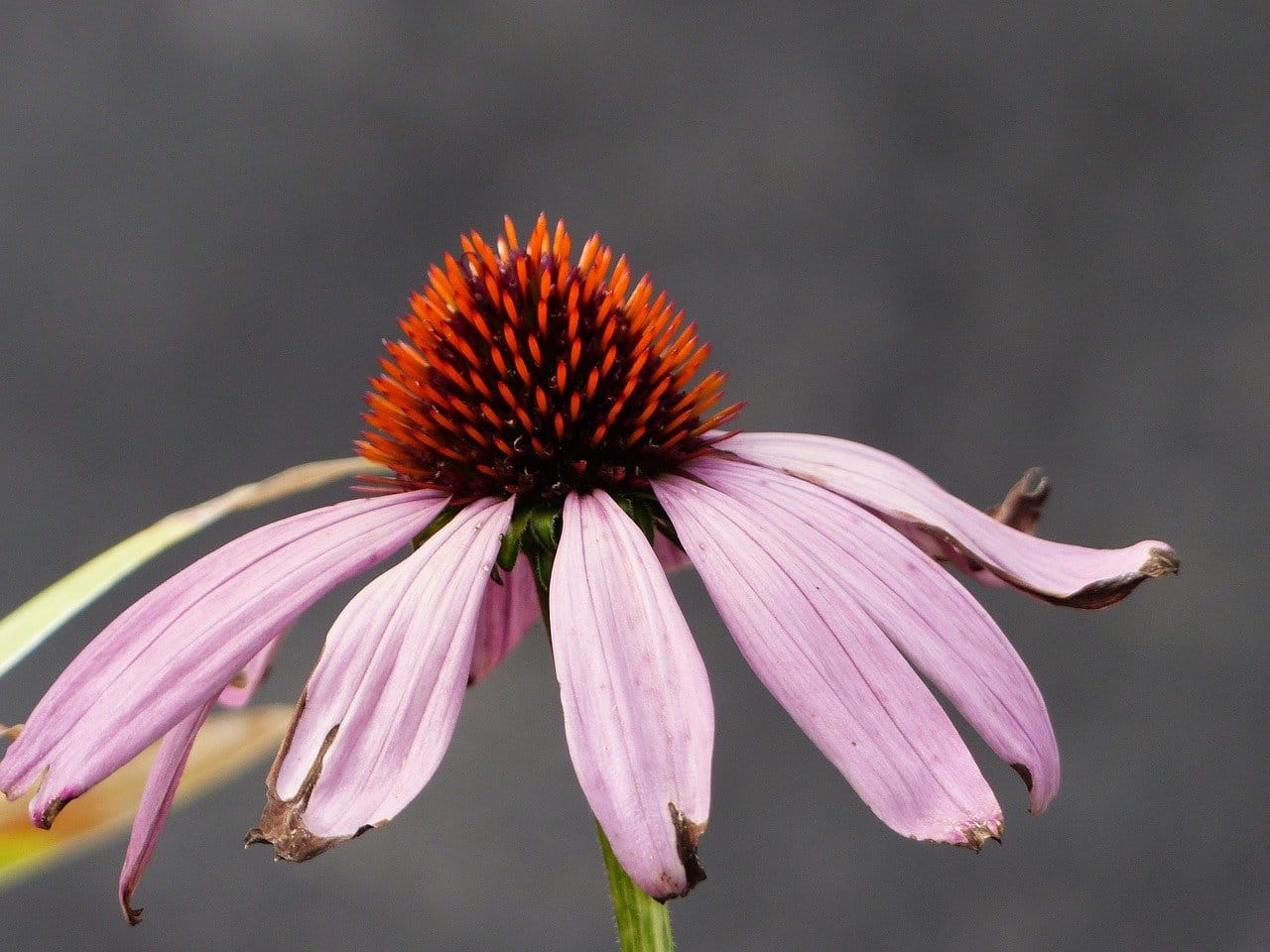Echinacea purpurea
Most commonly referred to as the ‘purple coneflower’, Echinacea purpurea is a striking perennial that we frequently include within many of our prairie-style planting schemes.
Spotted looking absolutely divine within our gardens this August, Echinacea purpurea is a statement bloom that boasts an array of eye-catching flower heads. Perfect for enhancing herbaceous borders and producing gorgeous cut blooms, these flowers are wonderful for dressing your garden with an idyllic cottage-garden aesthetic. Adding a long-lasting pop of magenta and floral interest to the garden, come with us to find out why Echinacea purpurea is one of our garden design gems.
When and where to plant:
Best planted between May and June, Echinacea purpurea is an extremely tolerant plant that thrives best when settled within the middle of a border. Flourishing in rich and nutritious soil, this plant also prefers to be homed in a space the receives plenty of sunshine and little shade. Due to their bold form and recognisable flower-heads, Echinacea is best enhanced when paired with a variety of ornamental grasses and other late-blooming perennials. Echinacea prefers to be planted in the warmer months of spring and summer, therefore if you do wish to plant in the slightly colder seasons then it is best to seek a helping hand from our expert soft landscaping team in order to make sure that your plants are perfectly settled within the garden.

Tolerance and resistance:
Showing off a tall and sturdy stem, Echinacea is a rather resilient plant that is particularly tolerant to harsh weather and tricky conditions. An easy plant to introduce and settle within the garden, Echinacea can live within many different environments, however it does not like particularly dry soil. An exceptionally tolerant bloom, their strong stems also mean that this plant doesn’t require any additional support, such as staking.

Curious cuttings:
Framing a beautifully aesthetic floral scene, Echinacea also has been known to possess a number of medicinal qualities. Frequently used to reduce the symptoms of coughs and colds, Echinacea has even been believed by some to encourage immunity. Dating back to Echinacea’s original home of Native American, evidence has even been found to show that Echinacea was used as a general medicine by Native Americans for over 400 years, helping people with numerous illnesses and injuries.
Resembling a hedgehog with their bold orange centres filled with pointy seeds, did you know that the name Echinacea originally originates from the Greek meaning for hedgehog, “echinos”? Also included in a range of dietary supplements, Echinacea is an incredibly valuable ingredient, being included within many health and well-being products to both boost immunity and fight off infections.

Wildlife:
A wonderful plant that charms a variety of wildlife to venture into the garden, a number of pollinators are drawn to this vibrant bloom. Producing large nectar-rich blooms, Echinacea are especially beneficial for luring bees and other pollinators into the garden. In autumn we recommend leaving your seed heads as these provide a vital source of food for birds.
Discover more plants that are glorious in the garden and outdoor living inspiration by browsing our stories below.








